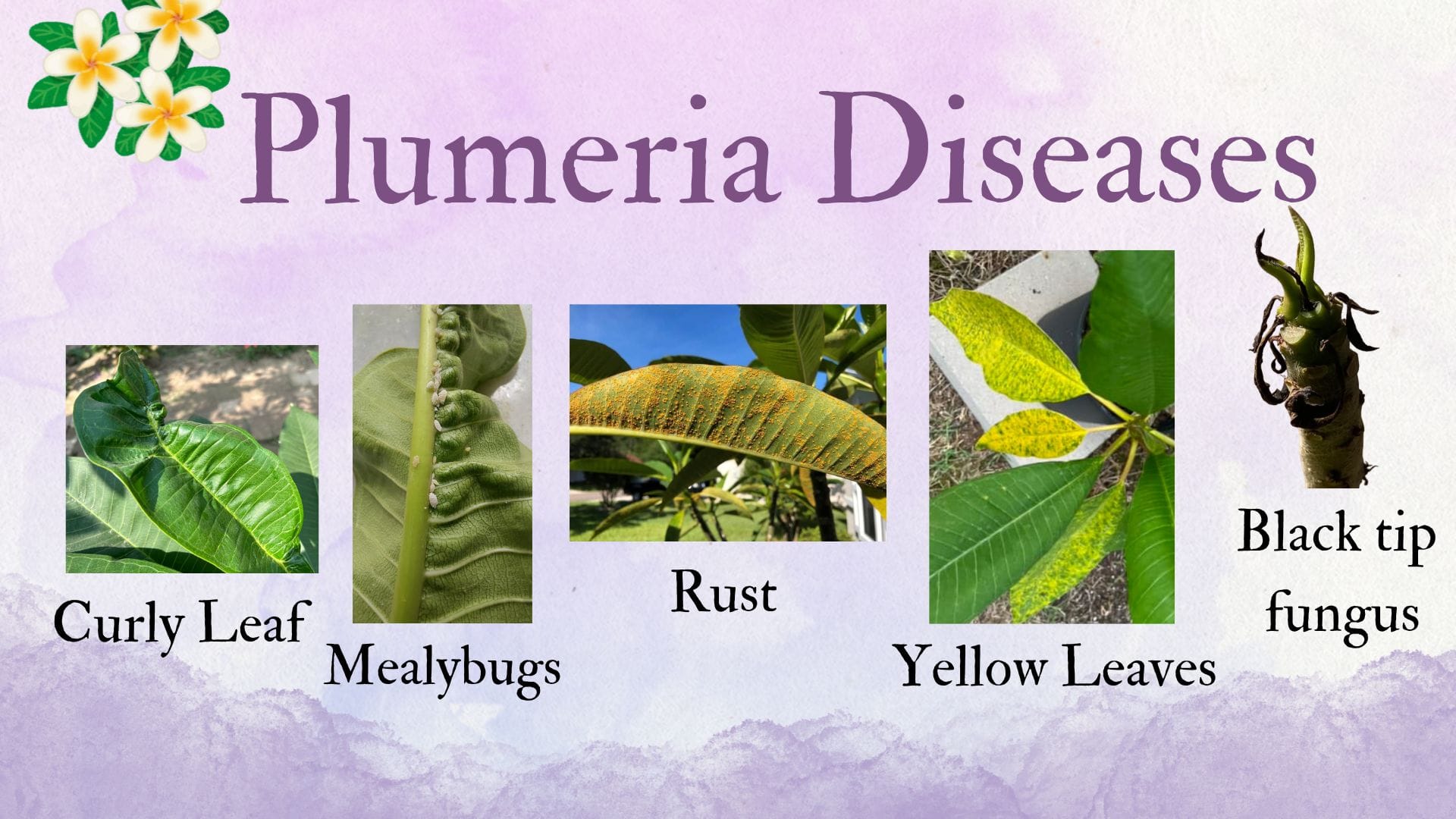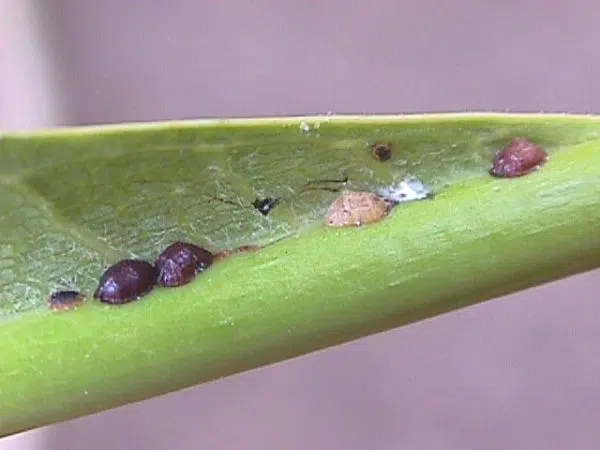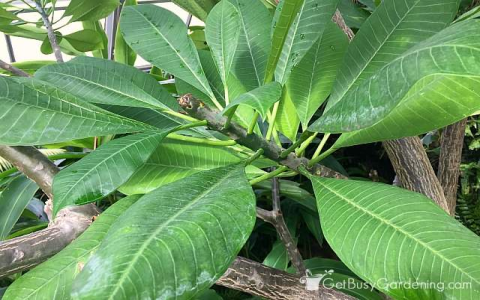Okay, so, I’ve been growing plumeria for a while now, and let me tell you, it’s been a journey. These plants are beautiful, but they can be a bit finicky when it comes to pests and diseases. I wanted to share my experiences, what I’ve tried, and what’s worked for me in keeping these tropical beauties healthy.
Starting Out
When I first got my plumeria, I was so excited. I planted it in a sunny spot, watered it regularly, and waited for those gorgeous blooms. Everything was going great until I started noticing some issues.

The First Sign of Trouble: Spider Mites
The first problem I ran into was spider mites. Those little buggers are tiny, but they can do some serious damage. I noticed the leaves on my plumeria were getting these little speckles, and they started to look kind of dull. When I looked closer, I saw these fine webs on the underside of the leaves.
Here’s what I did:
- Isolated the plant: First thing, I moved the affected plant away from my other plants to prevent the mites from spreading.
- Washed the leaves: I took a hose and sprayed down the leaves, especially the undersides, to wash away as many mites as possible.
- Used insecticidal soap: I mixed up some insecticidal soap and sprayed the plant thoroughly every few days. It took a couple of weeks, but eventually, the mites were gone.
Dealing with Whiteflies
Next up, I had a whitefly infestation. These guys are like tiny white moths, and they suck the sap out of the leaves. I noticed them flying around whenever I disturbed the plant, and the leaves started to turn yellow and sticky.
Here’s my approach:
- Yellow sticky traps: I hung some yellow sticky traps near the plant to catch the adult whiteflies. It’s kind of gross, but it works.
- Neem oil: I started using neem oil spray. I mixed it with water according to the instructions and sprayed the plant every week. Neem oil is great because it disrupts the whiteflies’ life cycle.
- Pruning: I pruned away the most heavily affected leaves to reduce the population.
The Dreaded Plumeria Rust
Plumeria rust was a tough one. This is a fungal disease that shows up as orange, powdery spots on the undersides of the leaves. It can really weaken the plant if left untreated.
Here’s how I tackled it:
- Removed affected leaves: I carefully removed and disposed of any leaves with rust spots. I made sure not to compost them, as that could spread the fungus.
- Improved air circulation: I spaced out my plants a bit more to improve air circulation, which helps prevent fungal diseases.
- Fungicide: I used a copper-based fungicide, spraying the plant every couple of weeks. It took some time, but the rust eventually cleared up.
Keeping Things in Check
After dealing with these issues, I learned a lot about preventing them in the first place. Here are some things that have helped me keep my plumeria healthy:

- Regular inspections: I started checking my plants regularly for any signs of pests or diseases. Catching things early makes them much easier to treat.
- Proper watering: Plumeria like to dry out a bit between waterings. Overwatering can lead to root rot and other issues.
- Good hygiene: I started cleaning up fallen leaves and debris around the plants to reduce hiding places for pests.
- Healthy soil: Making sure my plumeria are planted in well-draining soil has made a big difference.
Growing plumeria has been a learning experience. There have been ups and downs, but seeing those beautiful flowers bloom makes it all worth it. I hope sharing my experiences helps you keep your plumeria thriving. It’s not always easy, but with a little care and attention, you can enjoy these stunning plants for years to come.




















